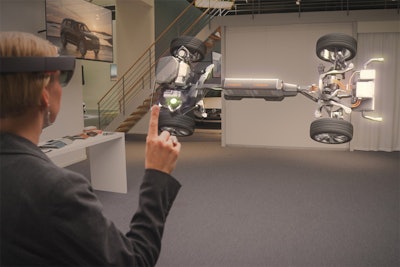
Microsoft’s HoloLens may be the best-known headset for augmented reality. Unlike virtual-reality headsets such as Oculus Rift, with an augmented-reality headset the user can still see his real environment, but virtual elements are visible too. Turner says wearables create the most immersive experience of augmented reality—it’s hands-free and users maintain the experience even as they walk and move their heads.
“As it improves, the lines of what is physical and what is not will become very blurred,” Turner says. But at a cost of about $3,000 per HoloLens headset, it’s also the most expensive to scale.
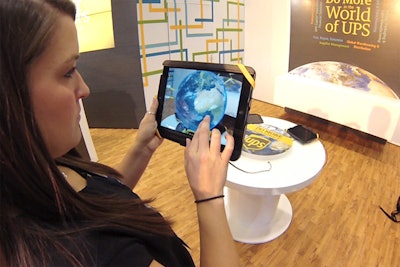
In this model, a tablet or smartphone becomes the window into an augmented view of the user’s surroundings. “This has been around a while, but today’s buzzword for it is Pokémon Go,” Turner says. This is the most accessible form of augmented reality since most people are carrying a device with them all the time and understand how to use the device’s camera as a viewfinder.
The technology can be incorporated into an event app, for example to trigger experiences around a venue, or it can be done as a standalone experience on preconfigured devices. “We did a project at a show with U.P.S. a few years ago where we had iPads in a carousel and guests could pick one up and move it around the booth, almost as a secret decoder, to reveal content in the booth. The customer was holding it and owning the experience,” Turner says.
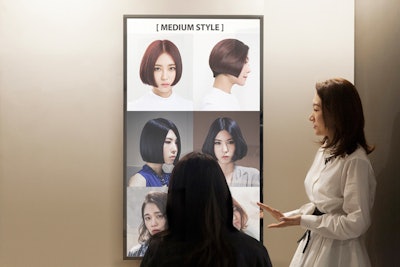
This option allows a person to see a reflection of himself with additional imagery or content layered on top of it. The most common uses to date have been for retail and consumer environments, such as a beauty salon or a clothing store where customers can try on different looks in the mirror. “At an event, this type of AR can be done on a giant screen so in that case it becomes a bit of theater. It draws people in,” Turner says. “Or it could be done on a smaller scale in a trade show booth.”
Turner says mirror AR is the best option to create “surprise and delight” moments for guests, for example by showing an animated character walking next to them as they pass the mirror. Photo technology also can be incorporated into the mirror so guests can save and share a snapshot of their augmented image.
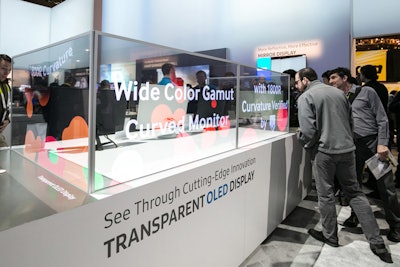
Turner says this is the newest way to use augmented reality. A transparent LED or newer OLED display is used as a window into a three-dimensional, virtual environment. One of the benefits of this, Turner says, is that it can be used for large group demonstrations, for example at a trade show. “What we’re pitching is, for example, if a company wants to put a large medical device in their booth, now we can do that with window AR. There’s no need to put an expensive headset on, and a group of people can watch someone move, demo, and touch a product. And then it can be cleared and a new product can be put in the display,” he says.
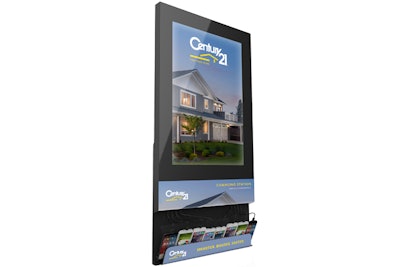
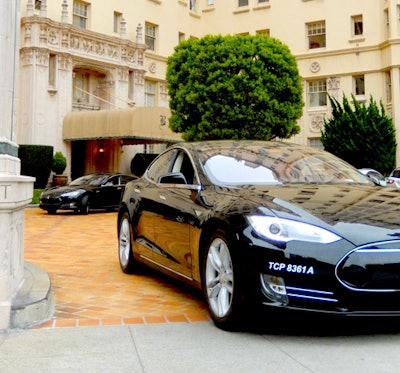
iCARS connects travelers and corporate clients to licensed, screened executive car service operators and chauffeurs. Originally launched in San Francisco, the service expanded into Dallas in July. Through iCARS, meeting planners, hotel concierges, and travel managers can book rides on behalf of other travelers and manage ground transportation itineraries.
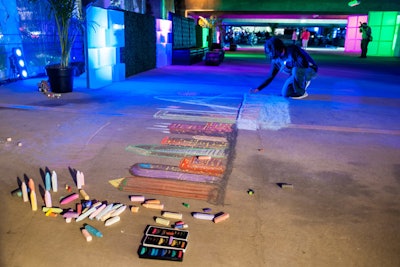
In October, the Dallas Convention & Visitors Bureau appointed its first "chief experience officer." The new position spearheads a department dedicated to enhancing and optimizing the visitor experience for both individuals and groups. The C.X.O. and her team will work with meeting planners to create memorable guest experiences, including out-of-the-box venues, innovative signage, engaging entertainment, and more.
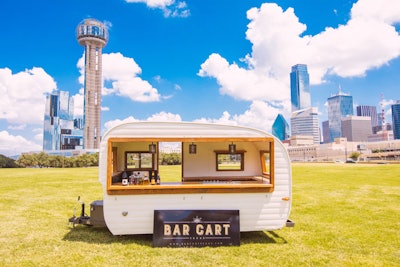
In spring 2016, the team behind the burger-centric Easy Slider food truck and the Open Road Shaved Ice dessert truck launched Bar Cart Texas, a 1961 travel trailer that’s been converted into a mobile bar. The bar is available for private events, and the menu can be customized to serve specific wine, beer, champagne, and bespoke cocktails. Event planners have used the truck as a check-in table to offer guests the chance to start imbibing as soon as they arrive.
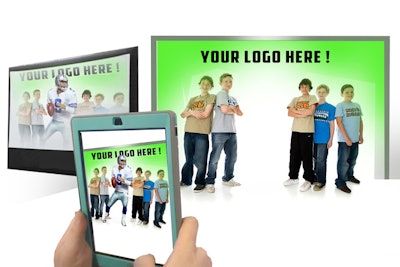
Create a virtual celebrity photo opportunity with Air Graffiti Dallas’s new augmented reality technology. The new system, which launches this summer, is intended for brands that are looking for ways to leverage their celebrity endorsement contracts. Air Graffiti Dallas shoots a brief video of the celebrity in advance, for example, walking into the shot, waving, or bouncing a ball. At the live event, fans stand in a designated photo area, and the video of the celebrity is virtually added to the image. Guests receive copies of the images, which can include sponsor branding, to share via email, text, or social media.
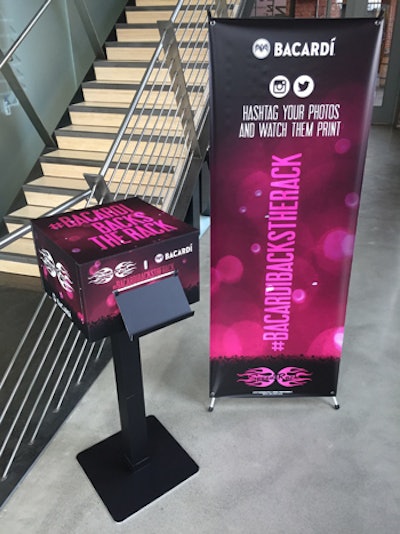
Photoboxx is a social media printing station for parties and events. When guests post their photos to Twitter or Instagram using a designated hashtag, the Photoboxx printer automatically prints a hard copy. Hosts can customize the background color of the prints and also add graphics or logos. They can also choose whether to display or hide information such as username, profile image, and comments. After the event, Photoboxx provides a report on hashtag usage, impressions, and reach.
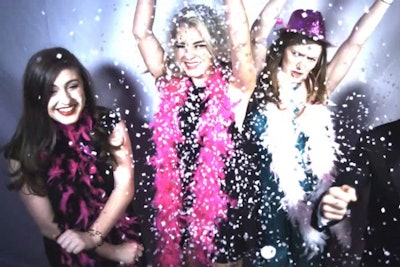
The SloMo Lounge from Air Graffiti Dallas turns four seconds of video into a 30-second slow-motion playback. The system uses a high-speed, high-definition camera to record guests interacting with one another and with quirky props so the playback can reveal funny facial expressions. Guests receive a copy of the video, and they can select stills from it to print on site; all the content is shareable via email, text message, or social media. The activation can be set up in a 10- by 10-foot area and can be done with a plain white, black, or green screen backdrop.
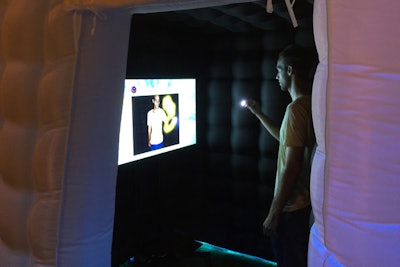
Add a splash of bright colors to event photos with the Neon Video Booth from Foto Master. Guests stand in front of a dark backdrop and use an LED spray can or pen to create virtual doodles. A camera in front of the guests uses an algorithm to detect and track the LED light. The resulting image of guests and their artwork can be saved as a video or turned into photos, GIFs, or flip books, all with brand logos and messages. Hosts can choose the color and size of the neon pen.



















